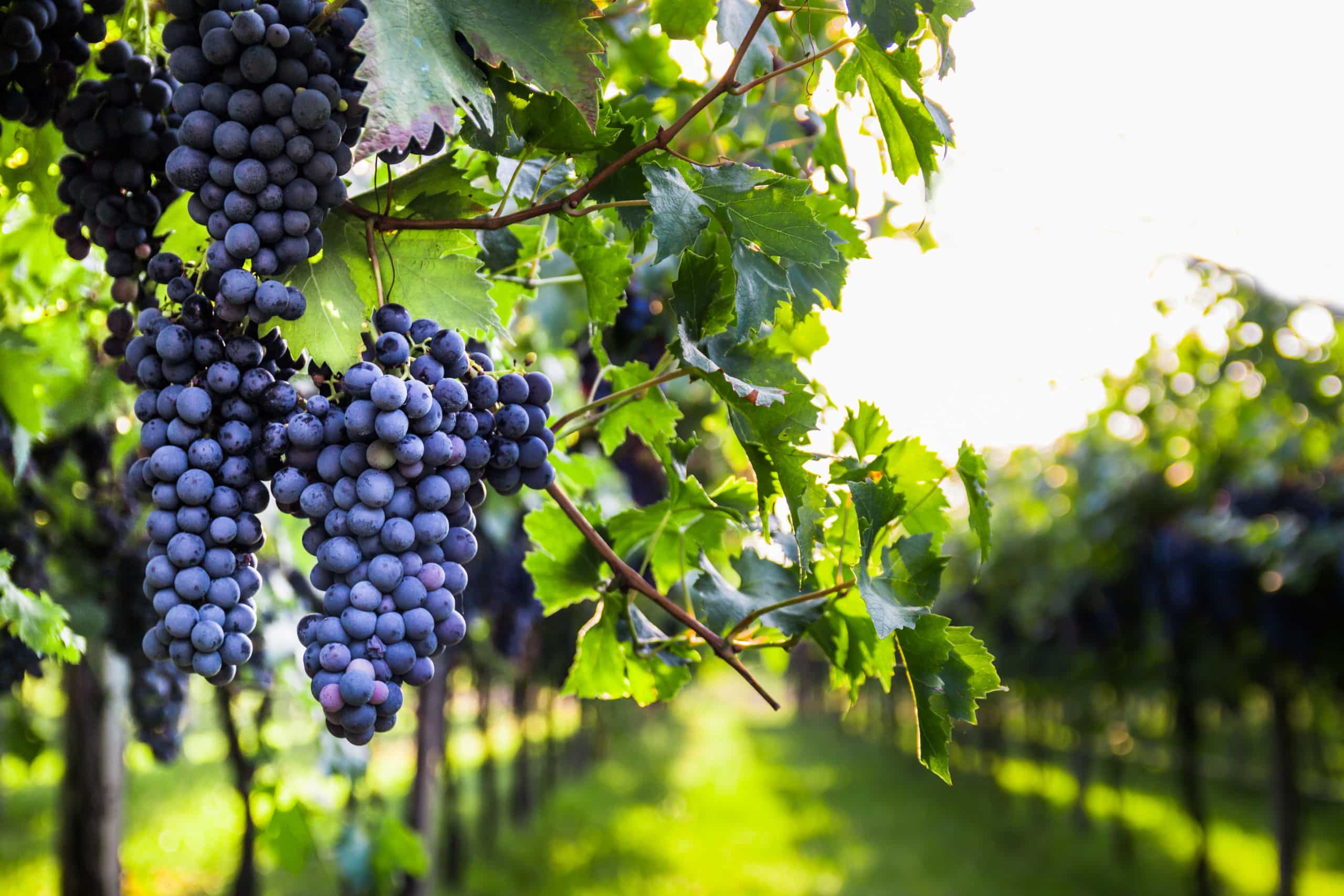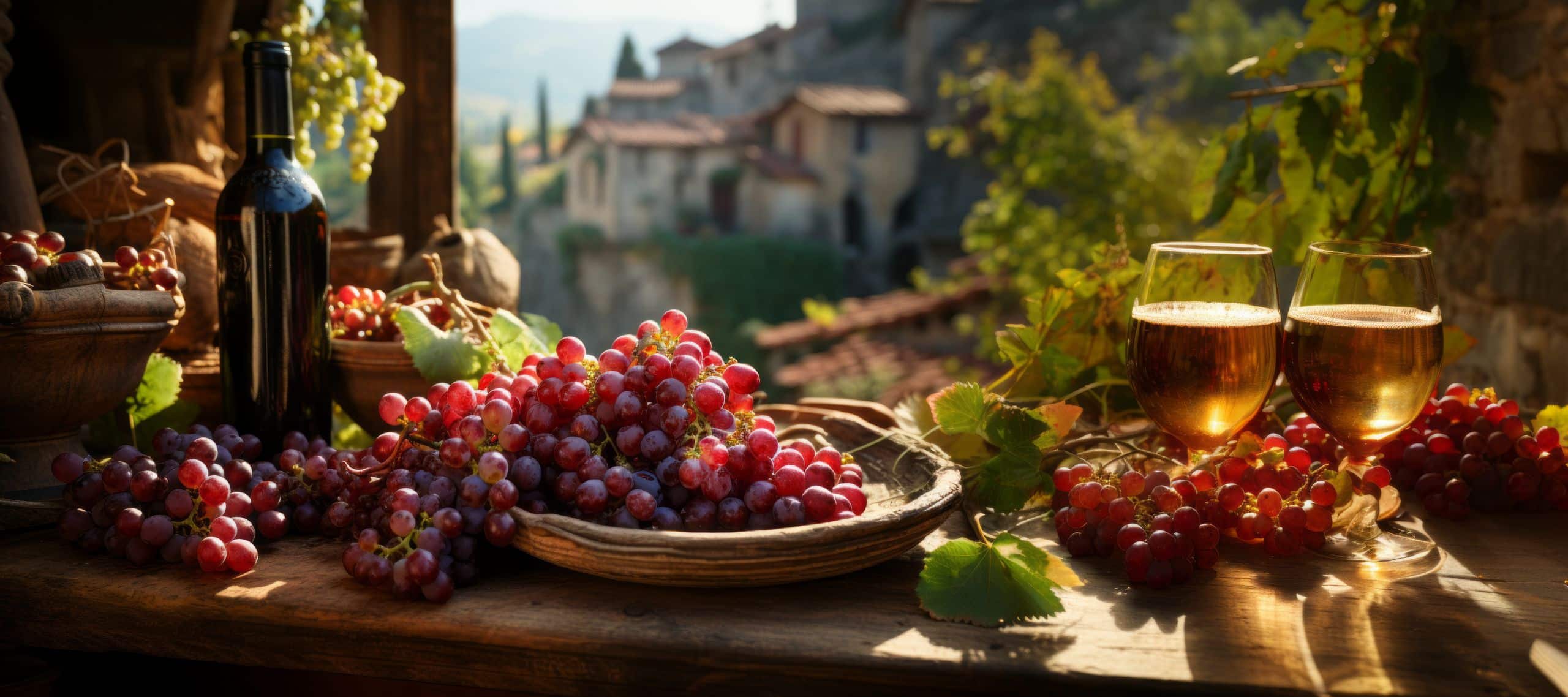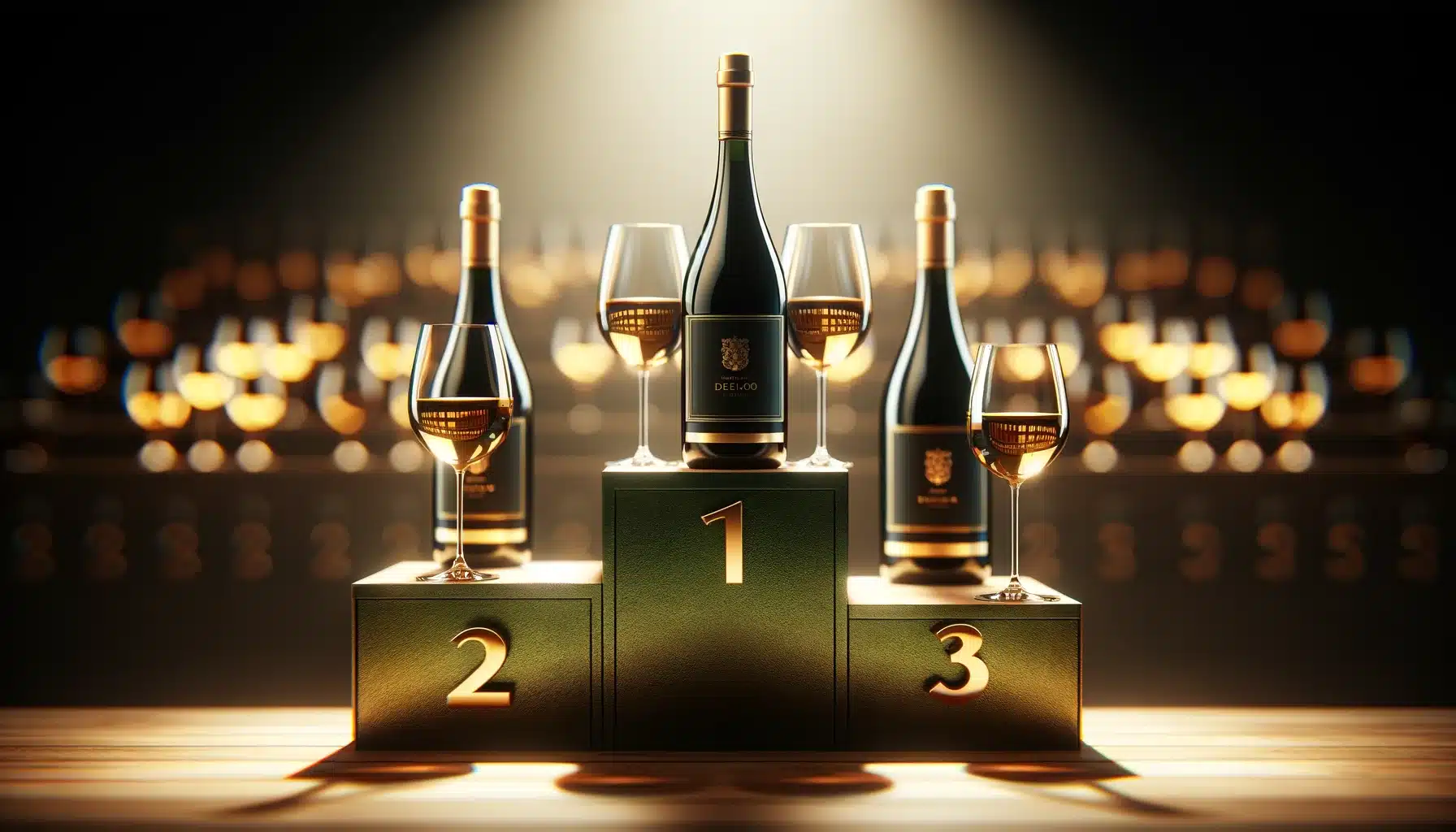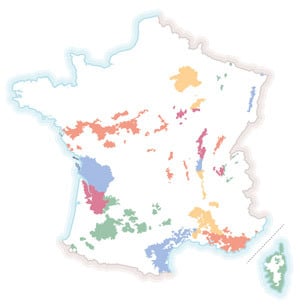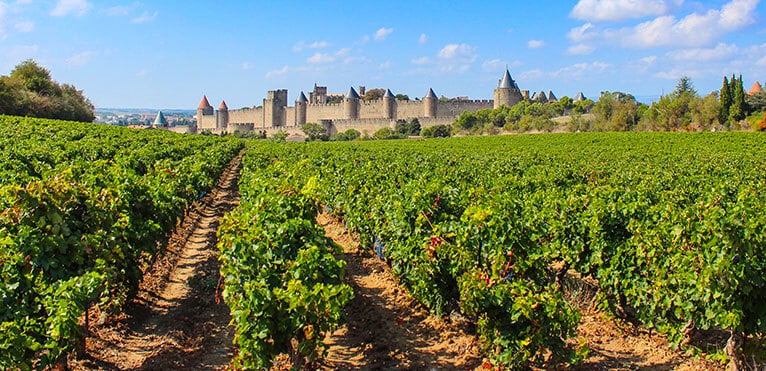
Contents
Languedoc is France’s largest wine-growing region and one of its oldest. Bordered by the Mediterranean coastline, vine-growing is firmly rooted here, dating back to ancient Greece. However, it should be noted that the reputation of these wines is still relatively recent.
In recent years, Languedoc winegrowers have freed themselves from the influence of the traditional major winegrowing regions, and forged a unique identity for their wines. Convinced of the potential of their terroirs, some winegrowers, tired of producing wines known only for their high alcohol content and lack of taste appeal, have shown that they can produce wines worthy of the greatest.
Established on the region’s many hillsides, they now produce wines with a generous, rounded character and a wide range of aromas, benefiting from a wide variety of terroirs and an ideal Mediterranean climate.
Unlike other major wine-growing regions, there is as yet no official classification of Languedoc crus – but the nuggets are no less numerous.
Major Languedoc appellations
Among the Languedoc’s unmissable appellations , theAOC Pic Saint-Loupstands out .. Officially registered since 2017 and increasingly sought-after, this is the Languedoc’s rising appellation par excellence. Its terroir is particularly attractive: the limestone slopes are known to be particularly well-suited to vine-growing. Some of the best vineyards are Domaine de l’Hortus, Clos Marie, Château de Lancyre and Mas Bruguière.
The
Terrasses du Larzac
are also particularly coveted for their garrigue aromas. Wines from this appellation have gained considerable recognition in recent years. Their The wine’s great freshness is matched by structured tannins that balance the flavors. Domaine de Brunet, Mas Jullien and Mas de l’Ecriture, among others, produce excellent vintages of this AOC.
Les Faugères enjoy both a Mediterranean and mountain climate. The schist and clay soils give them a particularly distinctive and prized mineral note. The reds have spicy, roasted aromas. The rosés are fruity and the whites fresh, with notes of citrus and exotic fruit. The Château des Estanilles and Domaine Léon Barral stand out.
The Languedoc’s most famous appellations also include the AOCs Corbières-Boutenac, Saint-Chinian Roquebrun, Saint-Chinian Berlou, La Clape, Minervois La Livinière, Limoux blanc, Grès de Montpellier or even Pézenas.
Languedoc appellations to remember
Smaller AOCs also produce excellent vintages. For example Corbières, Fitou, Cabardès, Malepère, Minervois, Picpoul de Pinet, Clairette du Languedoc and Saint-Chinian.
There are many PGIs in the Languedoc region. The specifications, which are less strict than those of AOCs, leave room for greater freedom, enabling winemakers to exploit the full potential of their terroir and create original cuvées. One example is theIGP Pays de l’Hérault which gives rise to the Domaine de la Grange des Pères cuvées.
